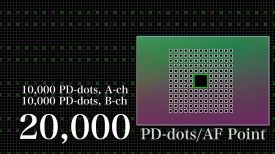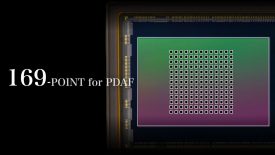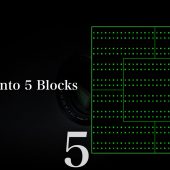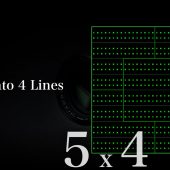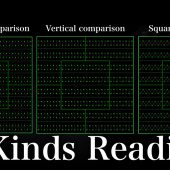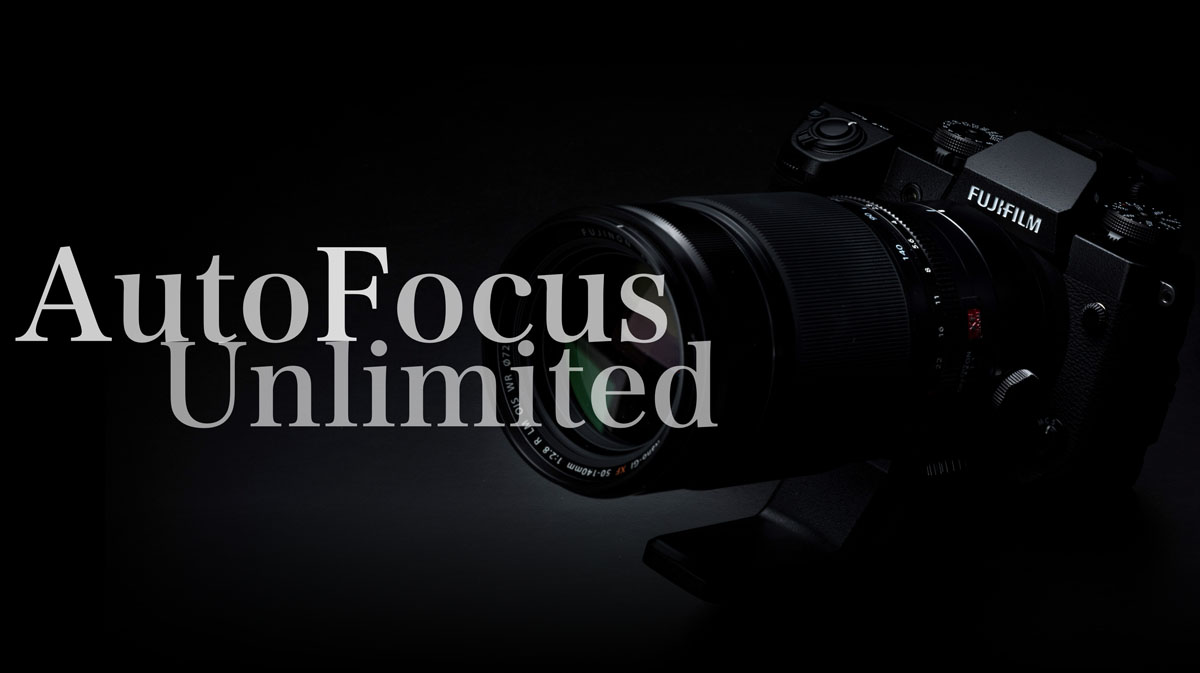
It appears that the Fujifilm X-H1 AF system isn’t any faster than the Fujifilm X-T2 or X-Pro2 according to Fujifilm.
“We’ve mentioned previously that the AF speed will not be any faster. The key now is to expand the area that the phase detection AF can cover. This is true also for X-H1.
Has the AF gotten faster further more?
Many X-Photographers who have tested the X-H1 commented that “the AF is faster”. But the fastest AF speed has not changed. What’s been changed is the area that Phase detection AF can cover. The new algorithm helped the photographers to accurately capture the scene that they wanted to capture”
Many photographers felt that they Fujifilm X-T2 AF system was faster than the X-Pro2 when it was released, but Fujifilm cleared up the miss understanding quickly. It seems that Photographers confuse complex focus acquisition with focus speed and this is why the Fujifilm X-H1 ultimately feels faster when focusing than the Fujifilm X-T2 and X-Pro2.
“The X-H1 has maximum of 325 AF points (13×25). If speed is your priority, it is best to use the phase-detection area of 169 points (13 x 13) at the center….The focus point is detected by using the phase detection pixels found within the AF frame. At the default AF frame size, there are 20,000 phase detection pixels within the frame. The key is how to extract the useful information to improve focusing. This is where the new algorithm is implemented.”
Since nothing about the new algorithm is physical it could easily be included in a firmware update for the Fujifilm X-T2 and X-Pro2, but Fujifilm might treat this new algorithm like they treated the advanced tracking settings with the Fujifilm X-T2 vs X-Pro2. Fujifilm even gets into how their new algorithm works a little bit in their new X-H1 Development Story #6 -Autofocus post, but the numbers aren’t overly informative.
“The focus point is divided into 5 blocks: top left, top right, bottom left, bottom right, and center. Some parts of the central block are overlapped with other 4 areas…The 5 blocks are then split into 4 lines. Each area are now split into even smaller pieces to further improve the AF accuracy. With this split, the algorithm, it can detect focus point on the subjects with flat texture….The area is divided into 5 block and then split into 4 lines. The total number of phase detection pixels is 20,000. 20,000÷5÷4=1,000. There are total of 1,000 phase detection pixels within the AF frame. 1,000 pixels provides enough information, but how is it used?
The information of the 1,000 pixels are measured in horizontal comparison, vertical comparison, and square comparison.”
This division of the PDAF area might give Fujifilm a little more processing power to do calculations for better AF, but I am curious why they never did this before and if this new system might have some drawbacks. When the camera figures out what to measure it starts doing a square comparison.
“There are two types of phase detection pixels, A and B. With the horizontal comparison, the focus point is detected by measuring the difference between A and B pixels horizontally. The difference can also be measured vertically with the on sensor phase detection of X-H1. This is called the vertical comparison. And then the camera is capable of measuring the difference between all of pixels A and B in the given area. This is called the square comparison.
The three types of comparison are processed simultaneously for X-H1. Previously, it was in the order of square, vertical and then horizontal. “We discovered that simultaneous processing provides information with higher accuracy,” the AF team commented.”
“Let’s do the math. 5 blocks x 4 lines x 3 types of processing =60. There are total of 60 signals to enahnce the autofocus performance. Previously, autofocus with the phase detection was only possible up to +0.5EV, but it can now work at -1EV. The phase detection AF is supported up to the aperture of F11. Previously, it was only up to F8. This means that the autofocus is more robust to the high frequency subject.”
Development Story#5
Development Story #4
Development Story #3
Development Story #2
Development Story #1
Follow us on Facebook, Twitter, Instagram, YouTube
Fujifilm X-H1 News, Rumors, and Collaboration
Fujifilm X-H Owners Group
Fujifilm X-H Page
X-H1 Camera: B&H Photo / Amazon / Adorama
X-H1 Body with Battery Grip Kit: B&H Photo / Amazon / Adorama
VPB-XH1 Vertical Power Booster Grip: B&H Photo / Amazon / Adorama
